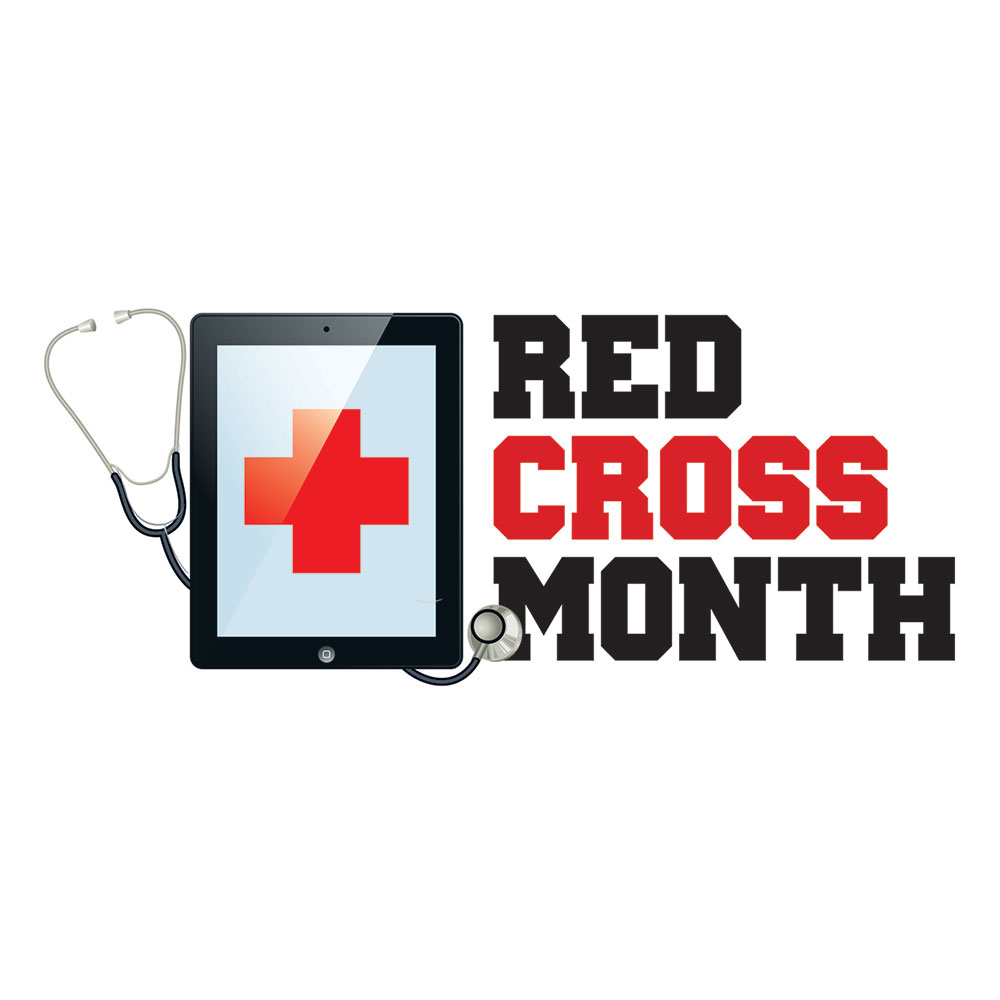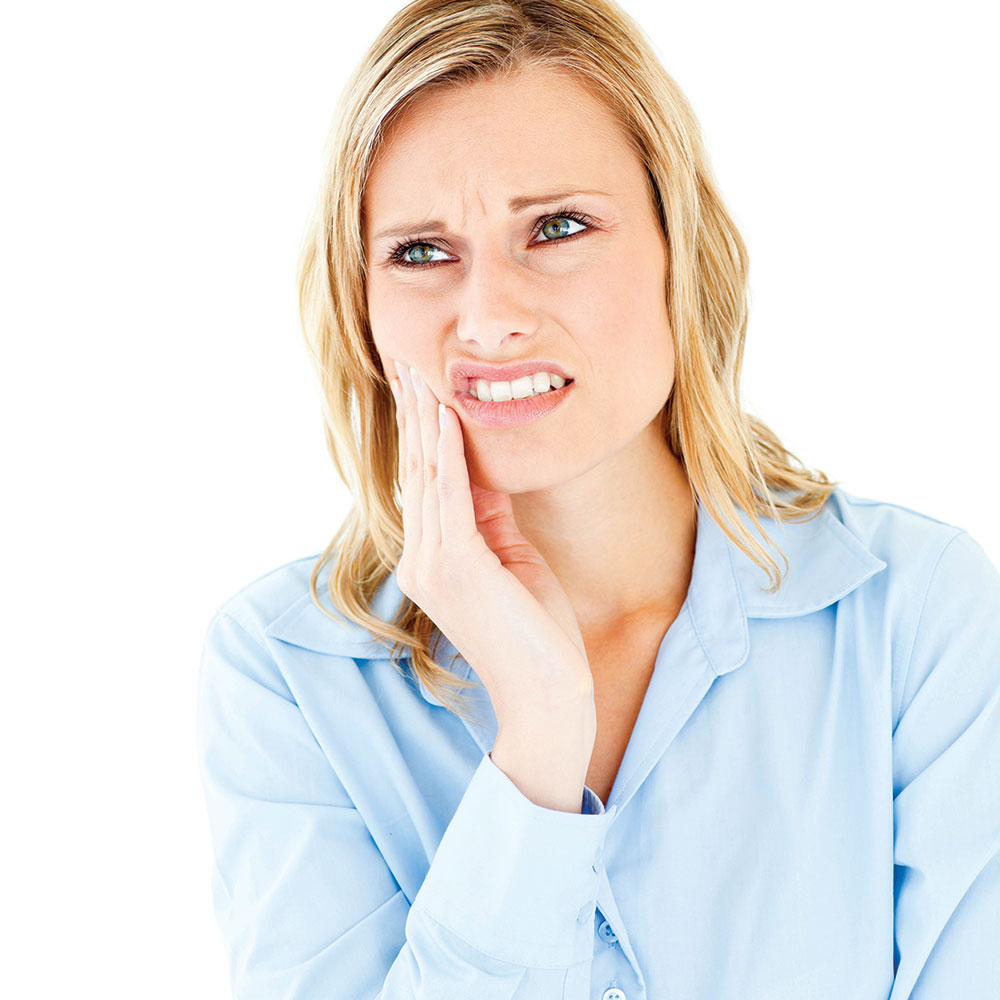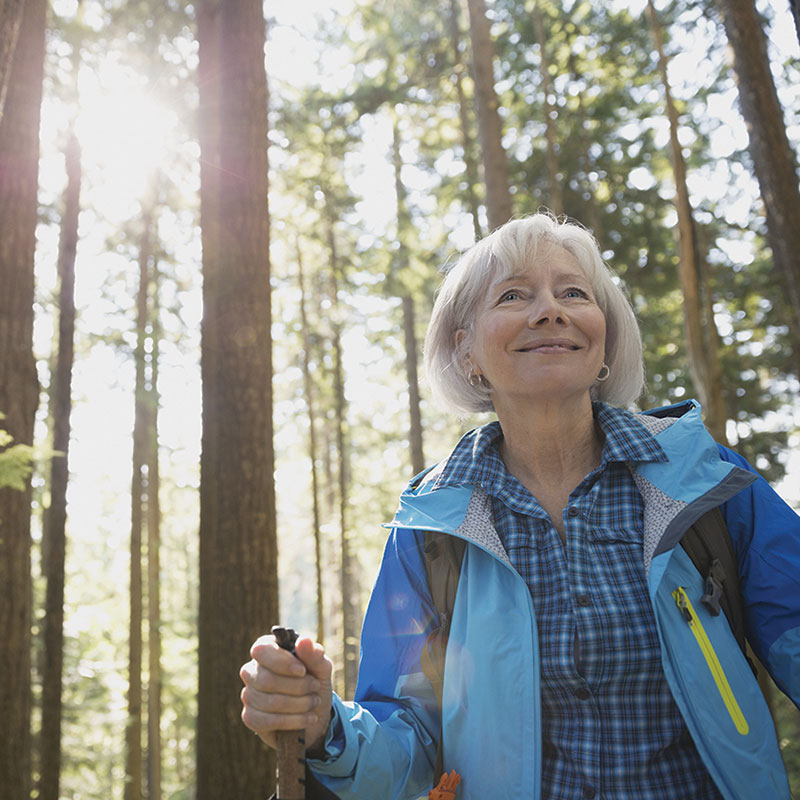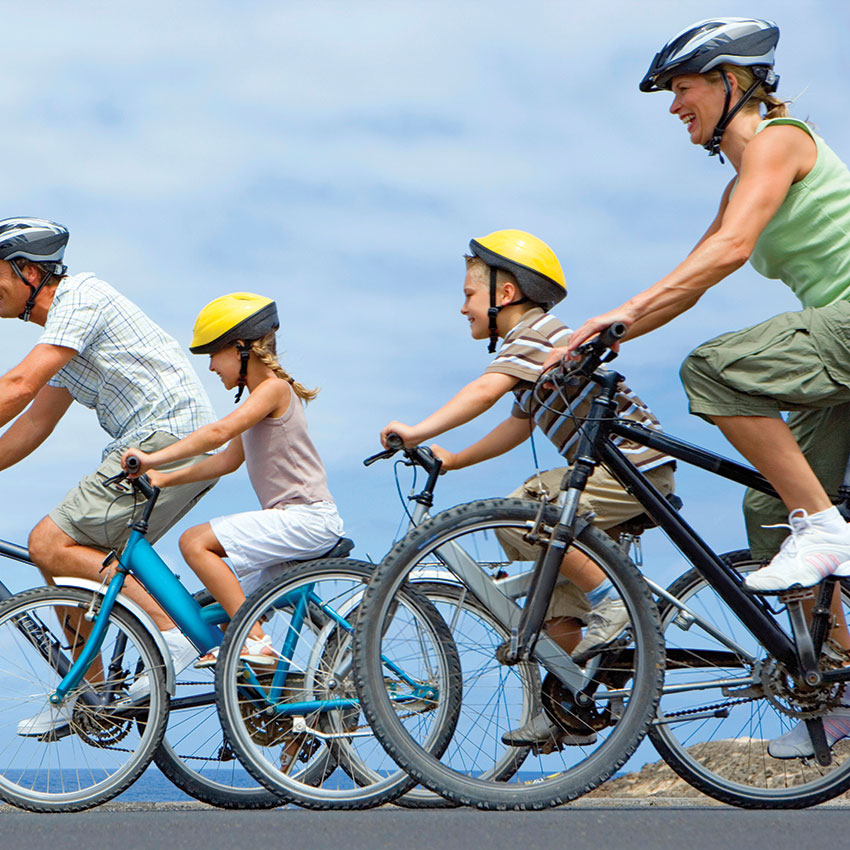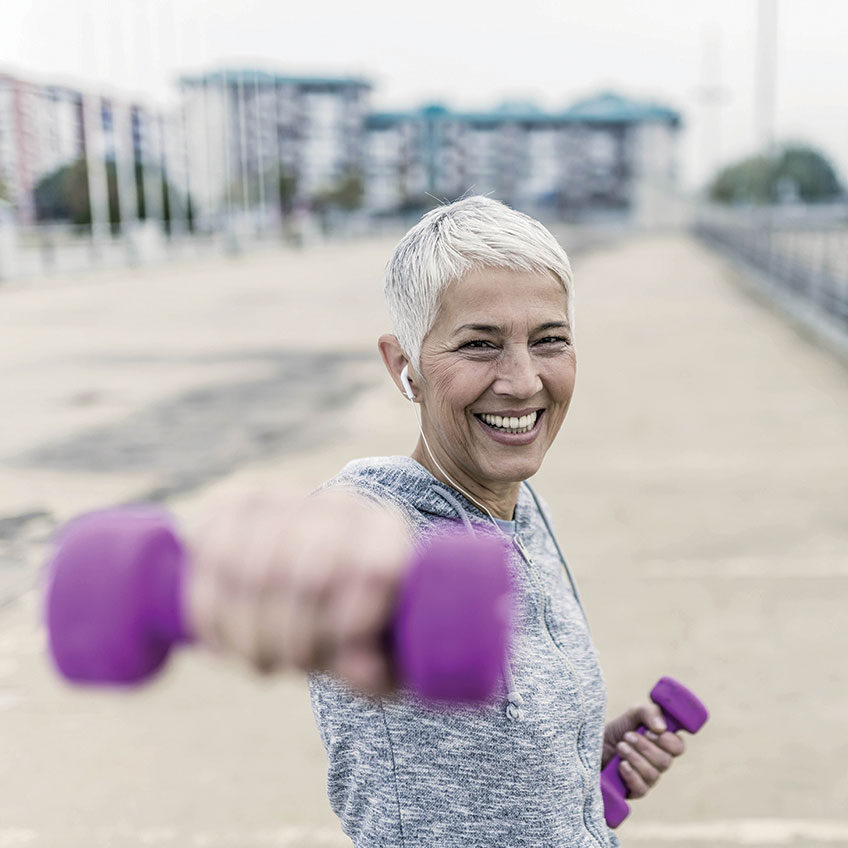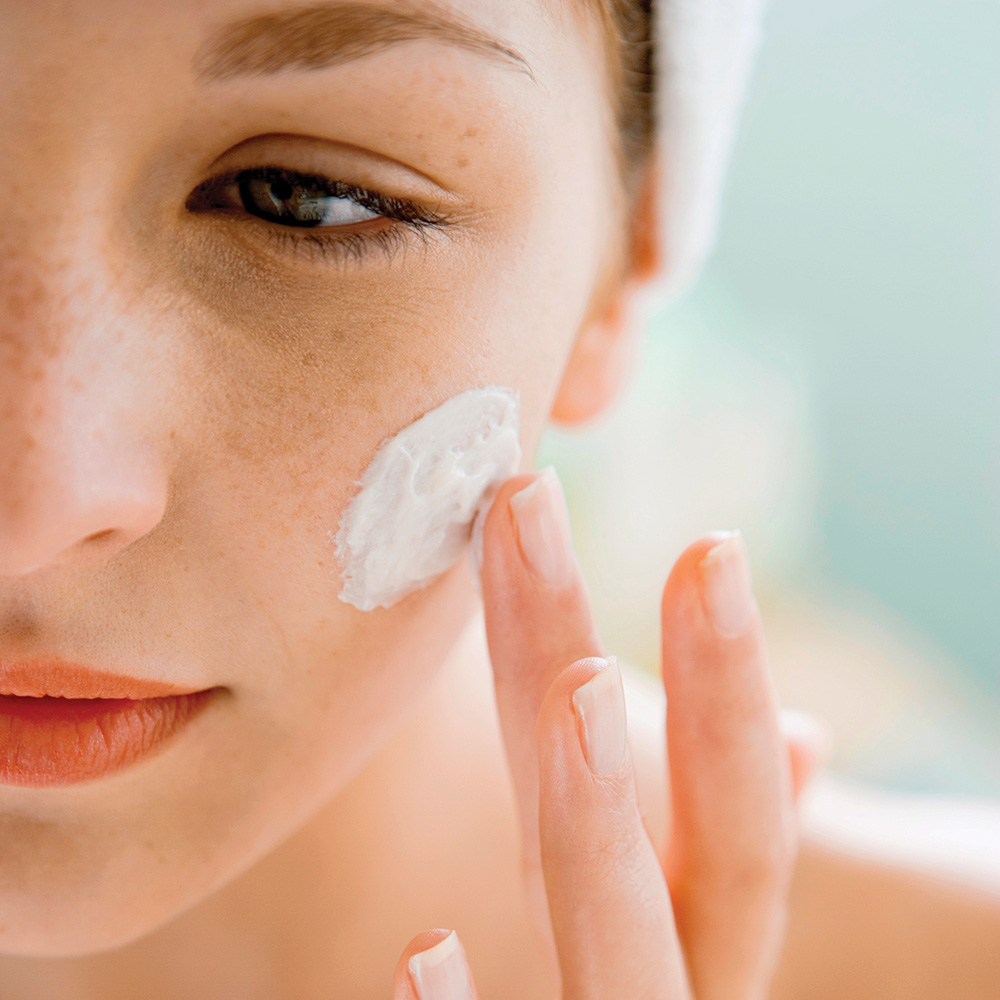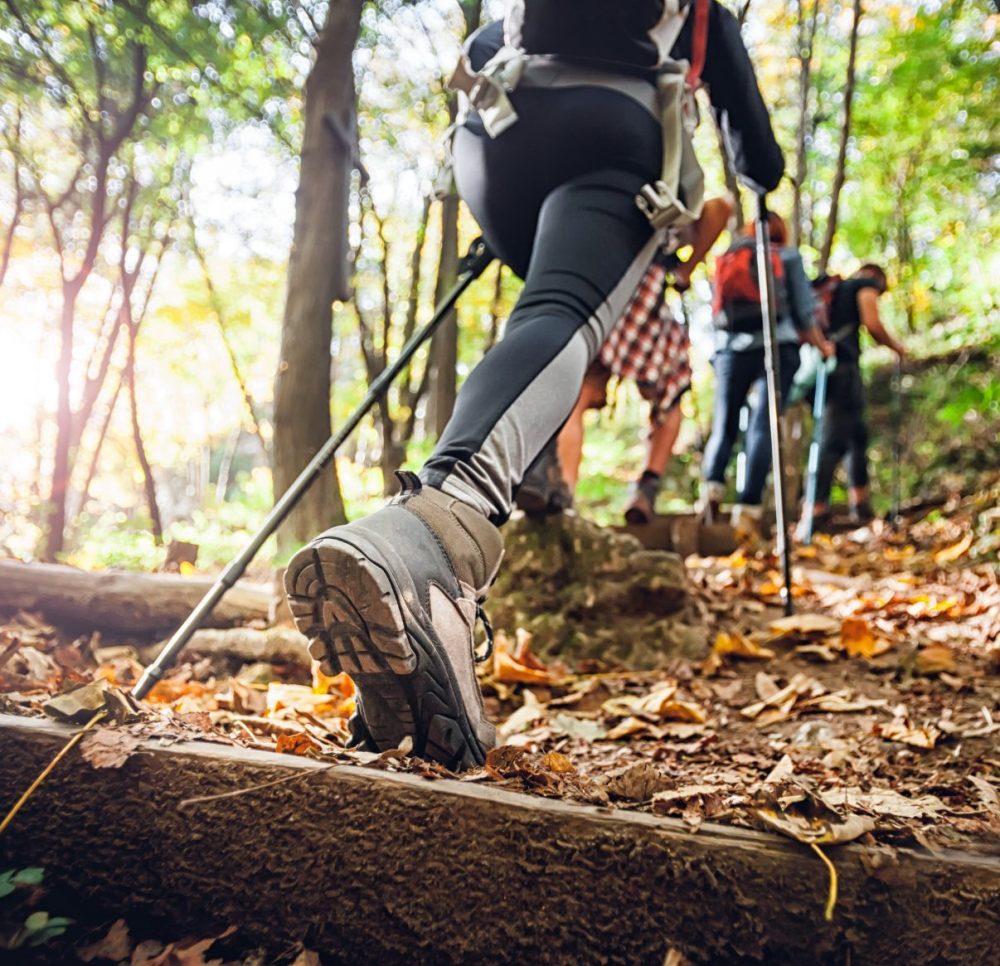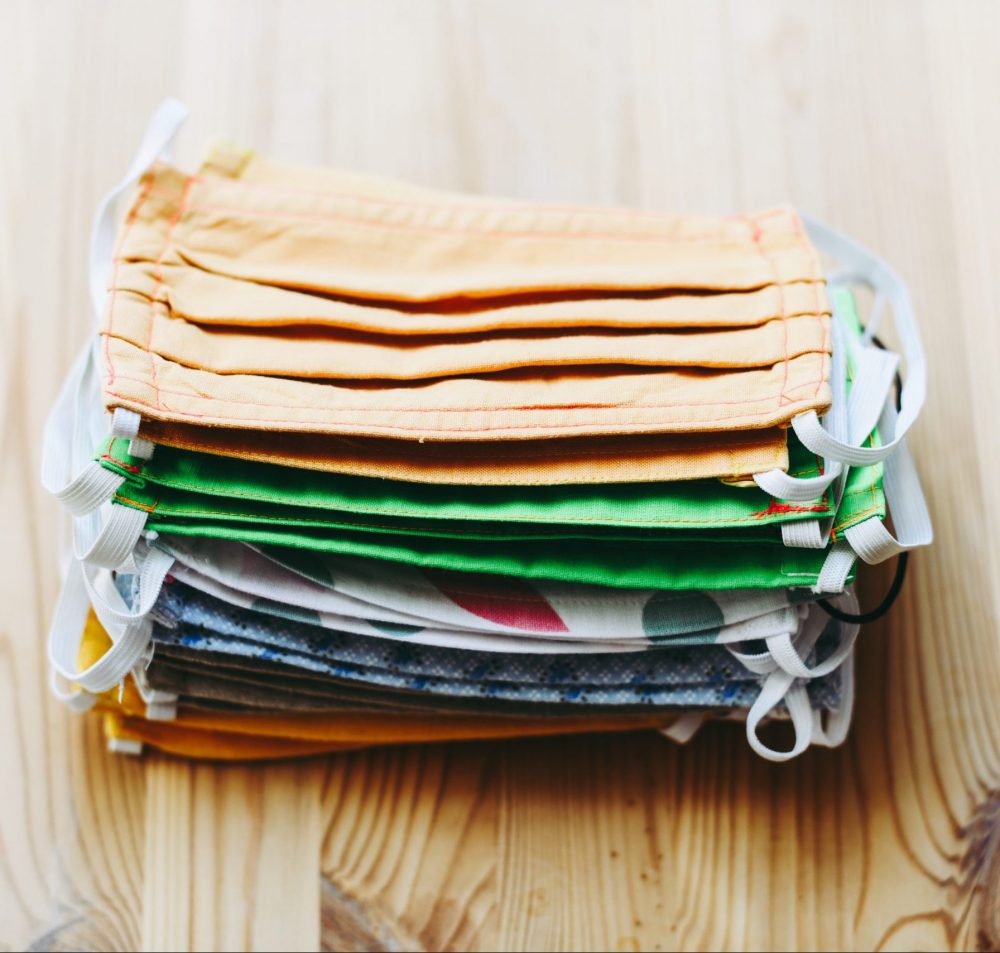The American Red Cross and the Canadian Red Cross help communities in their own countries and across the globe every day. The Red Cross is perhaps most visible in the aftermath of natural disasters. However, the American Red Cross and the Canadian Red Cross are active year-round, and there are plenty of ways for individuals to contribute to both organizations throughout the year.
Receive training from the Red Cross
The Red Cross notes that many professions require individuals to master lifesaving skills such as CPR and first aid. But millions of people are not required to learn such skills, even though they’re useful for anyone. The Red Cross offers an array of courses, including lifeguarding, caregiving and babysitting, swimming and water safety, that train individuals about how to effectively prepare to respond to emergencies. Enrolling in these courses contributes to the mission of the Red Cross by building its potential base of qualified volunteers who can pitch in when natural disasters or other emergencies occur.
Donate blood
Blood donations are uniquely valuable to the Red Cross at any time, but the organization noted in early 2022 that it was experiencing its worst blood shortage in more than a decade. The Red Cross notes that the pandemic contributed to a 62 percent decline in college and high school blood drives. So while student donors made up roughly 25 percent of all donors in 2019, they now make up just 10 percent of the donor population. Eligible adults, including students, can contribute to the Red Cross by donating as often as possible. Students back on campus can work with school officials and local Red Cross chapters to organize blood drives in their school communities.
Pitch in with disaster relief
The American Red Cross notes that it responds to an emergency every eight minutes. Perhaps most remarkable is that 95 percent of the organization’s disaster relief workers are volunteers. The American Red Cross and the Canadian Red Cross rely on volunteers from all walks of life, and each organization has plenty of opportunities for individuals willing to give back. Learn more about volunteering at www.redcross.org and www.redcross.ca.
Contribute financially
The work of the Red Cross continues after the emergency phase of a response has ended. The Red Cross provides emergency financial assistance in the immediate aftermath of a disaster, but also offers such aid to households that need extra help in the long-term. The financial contributions of donors help make that assistance possible and both the American Red Cross and the Canadian Red Cross have made it easy to donate funds via their respective websites.
Individuals who want to assist the American Red Cross and Canadian Red Cross help those in need can do so in myriad ways.

